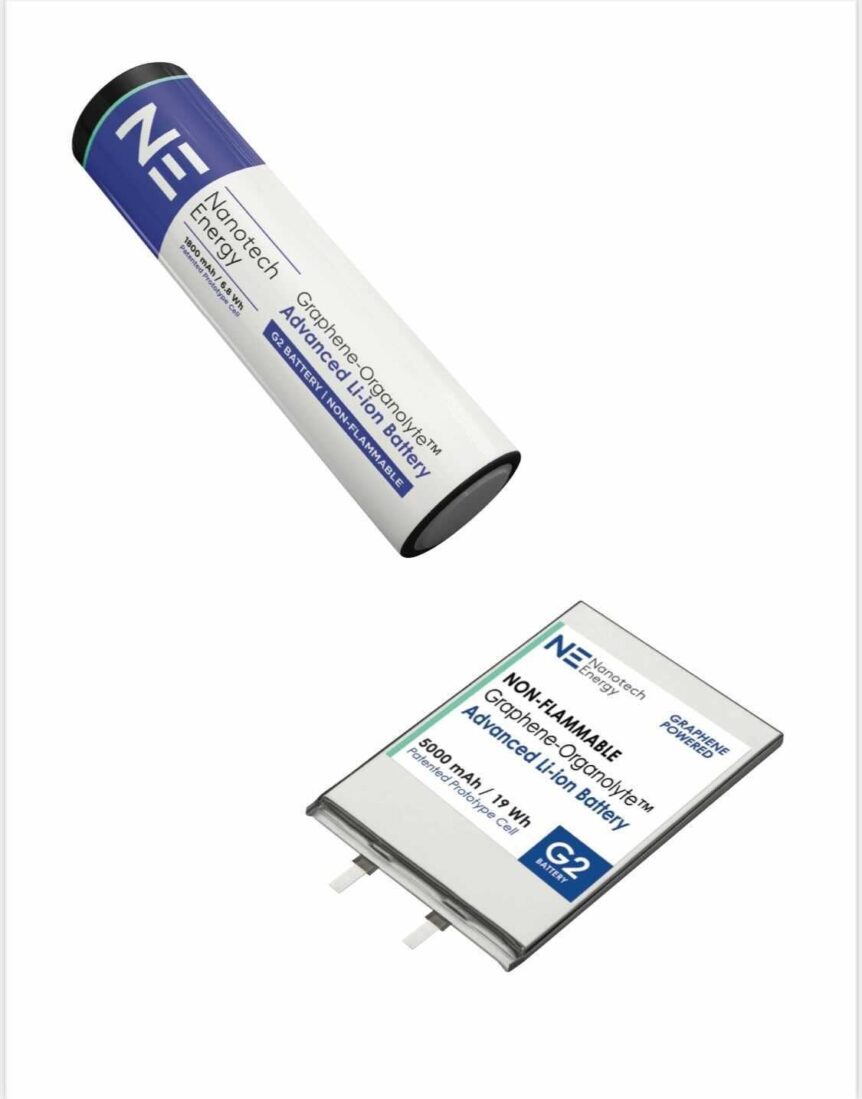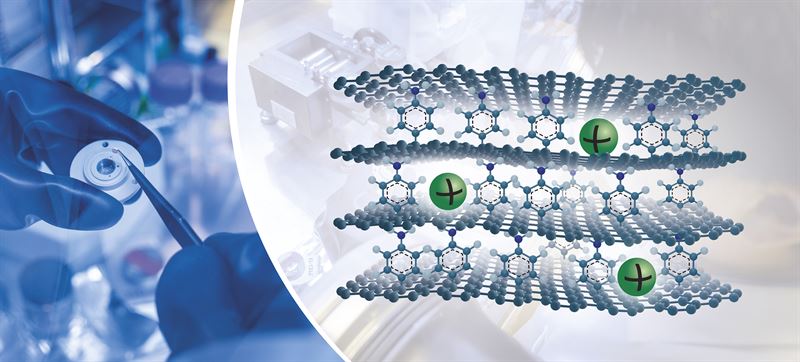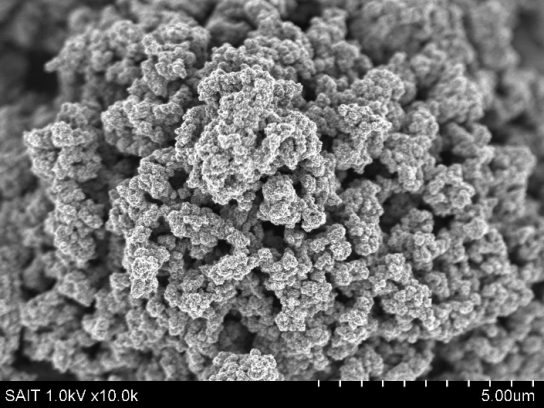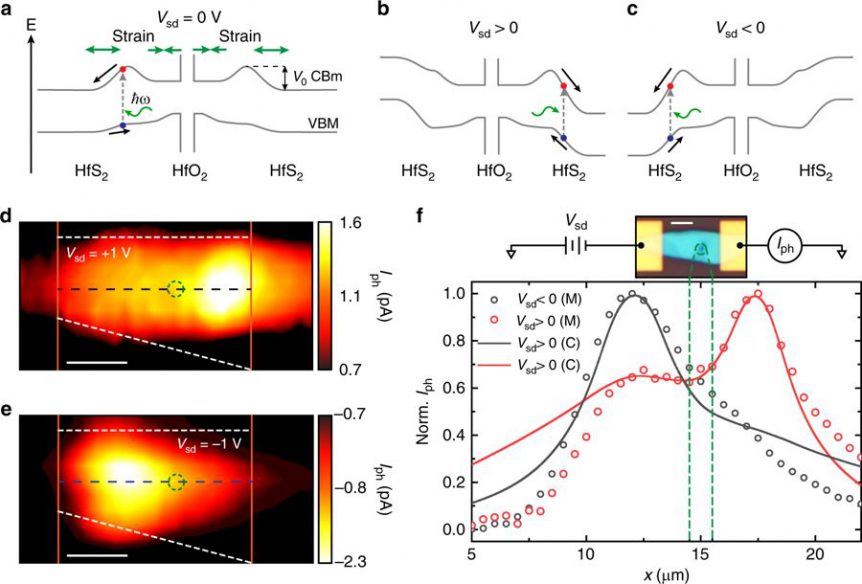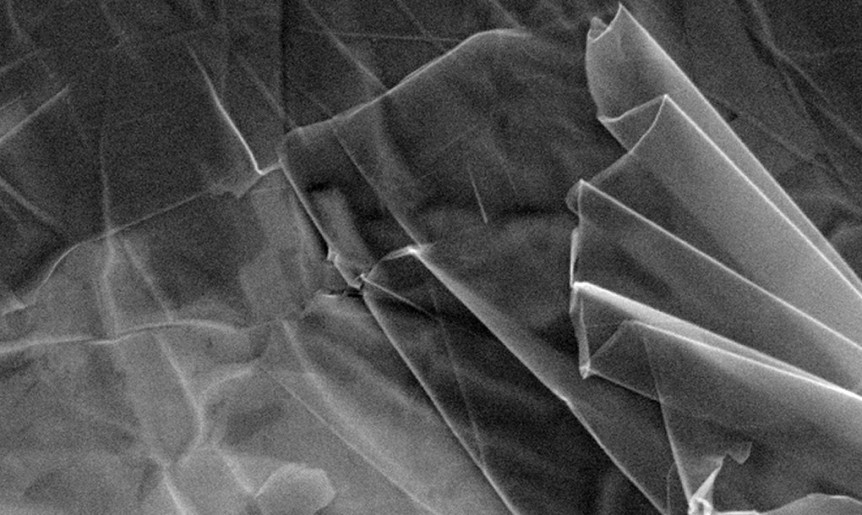Hot Pockets Introduced at this year’s CES (formerly the Consumer Electronics Show), Nanotech Energy’s Graphene-Organolyte™ Advanced Li-ion Battery (winner of a CES 2022 Innovation Award) merits a look. At least partly intended to stop battery fires, always hot news despite their relative rarity (compared to the 170,000+ petrol car fires every year), Nanotech explains its concern. “A battery, if shorted, could become a fireball bomb nearly impossible to extinguish using conventional techniques. In February 2018, the U.S. Consumer Product Safety Commission reported over 25,000 overheating and battery fire incidents involving more than 400 types of consumer products over a five-year period. Clearly, building safer batteries will be critical for the future of energy storage technology.” Keep in mind that “consumer products” include cell phones, laptop computers, and even e-cigarettes, as demonstrated here. These dangers show the need for a safe solution. Nanotech promotes its Organolyte non-flammable electrolyte as that solution, noting it will not support an open flame. Dr. Jack …
Graphene Sodium-Ion Batteries with 10X Energy
Graphene, applied in a sodium-ion battery may herald inexpensive alternatives to lithium-ion cells. Scientists are exploring ways of making batteries not only more energy-dense, but also less costly. Sodium, a primary ingredient in table salt, is one possibility. It’s also abundant without too much effort required to find it. On the other hand, easily-obtainable lithium may become in short supply at a time when the world is clawing its way into the earth searching for more. Sodium is the sixth most abundant element on earth, making up about 2.6 percent of the planet. It’s never found free in nature, but always as part of something like the salt (NaCl) one can see it crusting over from evaporating bay water near Moffett Field, California, or in the Great Salt Lake in Utah. New Atlas reports, “These sodium-ion batteries would function much like today’s lithium-ion batteries, generating power by shuttling ions between a pair of electrodes in a liquid electrolyte, but as …
Is There a Graphene Battery in Our (Near) Future?
Graphene is fascinating stuff, with tons of promise. Whether it can produce usable results for energy storage is still an open question. But Samsung and a startup called Real Graphene may have at least a start in that realm. GAC, a Chinese auto firm, seems to be promising batteries before the end of what is left of this year. There may be hope in the midst of a dark winter. Samsung’s Lagging Promise In 2017 a team of researchers at the Samsung Advanced Institute of Technology (SAIT) developed a “graphene ball,” promising a 45-percent increase in capacity, and five times faster charging speeds than standard lithium-ion batteries. Hoping to power mobile devices and electric vehicles, SAIT collaborated closely with Samsung SDI* as well as a team from Seoul National University’s School of Chemical and Biological Engineering. *Not a simple abbreviation, SDI stands for “Samsung with the initial letter S, ‘Display’ and ‘Digital’ with D and ‘Interface’ and ‘Internet Component’ with …
Two Different Carbon Batteries
With lithium-ion batteries seeming to have topped out in their capabilities, battery researchers are looking at new ways of storing energy. Zap&Go in England and Graphenano in Spain are exploiting a more common element to good effect, crafting carbon batteries that charge quickly and last thousands of charge-discharge cycles. Both attack their goals in very different ways. Zap&Go Carbon-ion Battery According to Microbattery.com, the Oxford-based organization Zap&Go has created and delivered a carbon-particle battery consolidating the superfast charging capacities of a supercapacitor to gain rapid charging and long cycle life. Unfortunately, as far as electric vehicles go, it’s not quite ready for prime time. The good news is that it’s on a well-structured timeline that will bring it to the vehicular world in the next few years. Auto Economic Times of India reports that Zap & Go follows the path many others with new technology often go down. “’Today it’s a developing technology, so it’s not as good,’ Zap&Go’s chief executive Stephen …
Funneling Light and Energy with New Materials
Dr. Adolfo De Sanctis, a Research Fellow in the Quantum Systems and Nanomaterials group at the University of Exeter (UK), earned his Ph. D. in physics with a dissertation on “Manipulating light in two-dimensional layered materials” (Nature Communications, May 2017). The video below gives a short-hand view of his work. Other, less scholarly outlets (like this one) give an easy-to-read view of what he has accomplished, and why his research is of interest for many applications – including energy harvesting. Green Optimistic reports, “A team of researchers from the University of Exeter developed a solar cell with a record 60% efficiency. The idea behind this breakthrough is similar to using a ‘funnel’: corralling an amorphous collection of electrical charges into a more precise area, where they can be transferred into use. Using this idea, the researchers increased the efficiency of a solar cell from 20 to 60 percent. The Exeter team sees their research as a ‘gateway’ for further research …
Graphene Supercapacitor Shows Promise and Longevity
A forever battery would be nice, wouldn’t it? Something low cost that could be recharged in seconds, time after time, indefinitely, and be about as environmentally sensitive as Greenpeace and the Sierra Club combined – there’s the ideal battery. That might seem like a miracle, and it relies on that miracle material – graphene – for its many astounding properties to help make this flexible battery a reality. Dr. Han Lin of Swinburne University in New South Wales, Australia has 3D printed his prototype battery at a much lower cost than with previous production techniques. The immediate “take” on this material is that it could be used in things like watch straps, powering the attached timekeeper, or in (inter)active sports clothing. Of course, this blog looks for larger applications, such as something that could be used in electric aircraft. Graphene has the potential to be a structural material (about a hundred times stronger than steel, according to 3ders.org) and a …
EAS IX: Materials Design for Battery Breakthroughs
Dr. Yi Cui’s presentation title ended with, “from Fundamental Science to Commercialization,” an indication of the long, tough road that new developments are forced to take. Considering that Sony introduced the Lithium battery as a commercial entity in 1991 (and that following at least an 18-year slog from laboratory to mass production), mostly incremental changes have come for the chemistry, echoing Dr. Cui’s pronouncement at EAS III that lithium batteries followed a “growth curve” of about eight percent per year, meaning that about every nine years, they should double in performance. Cui’s estimate has been borne out in reality, Nature magazine reporting in 2014, “Modern Li-ion batteries hold more than twice as much energy by weight as the first commercial versions sold by Sony in 1991 — and are ten times cheaper. But they are nearing their limit. Most researchers think that improvements to Li-ion cells can squeeze in at most 30% more energy by weight.” Cui spoke of attempting …
MSCs Could be AOK
Of late, your editor has noticed several press releases concerning scientific findings that don’t read in a scientific way. You know that objective kind of writing: the use of words and phrases such as “tend to,” “suggesting,” or “of potential interest,” and the ever-popular, “further study is required.” An announcement from the Center for Integrated Nanostructure Physics at the Institute for Basic Science (IBS) and Department of Energy Science at Sungkyunkwan University in South Korea tells a hopeful story of a new discovery mimicking nature and “displaying electrical properties about five orders of magnitude higher than similar lithium batteries, and even claiming, “stunning test results.” These sound more like PR than simple declarative statements. Before running to your broker to see if an IPO is imminent, let’s determine what those “similar lithium batteries” are and what electrical properties are being compared. The abstract for the team’s paper in the May 6 edition of Advanced Energy Materials is more circumspect. “Inspired by natural …
Samsung Almost Doubles Li-Ion Battery Capacity – in the Near Future
Several sources report on Samsung’s announcement that they have developed a new technology that enables them to coat silicon battery cathodes with high crystal graphene, virtually doubling the capacity of lithium-ion batteries. Of course, Samsung relates this immediately to their popular smartphones and tablets, but the significance of this is not lost on electric vehicle designers. Doubling the range of EVs “without adding a single pound of weight” would be a true game changer. But don’t get excited too quickly. Silicon electrodes have been a major research effort for people like Dr. Yi Cui, who spoke at this year’s Electric Aircraft Symposium. Issue surrounding their successful use have included silicon’s expansion when being charged and contraction when being discharged. This errant flexibility causes eventual disintegration of the electrodes and shuts down the battery. Attempts to use silicon nanowires still have led to embrittlement. Kompulsa.com reports Cho Jin-young from BusinessKorea explaining, “Currently, the development of high-capacity battery materials has been mostly done …
Designer Carbon: High Surface Area and Porosity
Stanford researchers, working with scientists at Korea’s Ulsan National Institute of Science and Technology (UNIST) and China’s National Laboratory of Microstructures (Nanjing), School of Electronic Science and Engineering, at Nanjing University, have squeezed carbon as flat (if not flatter than) as graphene and poked lots of well-sized holes in it to make designer battery and supercapacitor components. Professor Zhenan Bao led the efforts at Stanford. The combined teams’ paper, “Ultrahigh Surface Area Three-Dimensional Porous Graphitic Carbon from Conjugated Polymeric Molecular Framework,” appeared as a cover article in the May 18 edition of the journal ACS Central Science. The paper explains, “High surface area porous carbon materials are of great technological importance due to their diverse functionalities and excellent physical/chemical robustness. Their high electronic conductivity, large surface area, and good chemical and electrochemical stability are of particular interest for electrochemical energy storage devices, such as electrochemical capacitors (or supercapacitors) and batteries.” High surface area gives more space for electrolyte to interact with …

